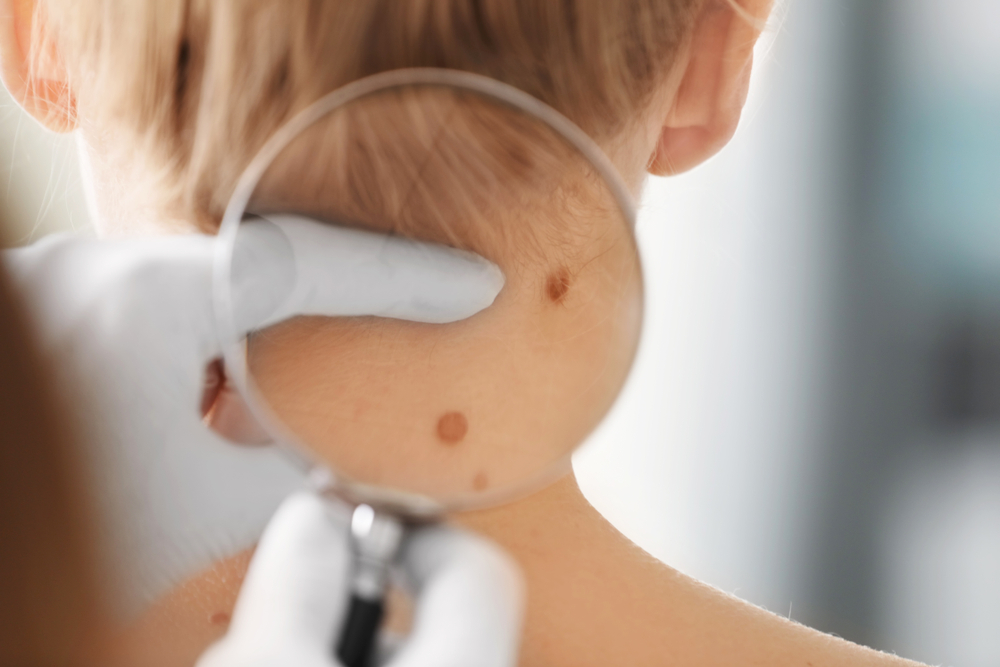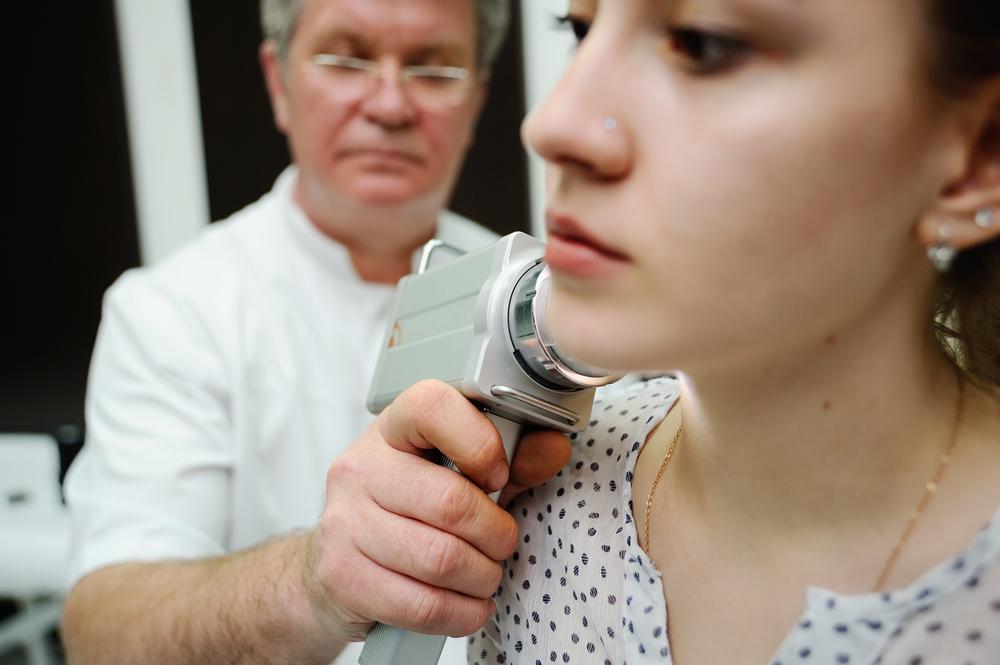Identifying Early Warning Signs and Risk Factors of Melanoma
Learn about the key risk factors and early warning signs of melanoma. Recognizing irregular moles, changes in skin color, and understanding risk factors like UV exposure and genetic predispositions can help with early detection. Prompt medical attention is essential to prevent melanoma from spreading. This comprehensive guide emphasizes the importance of skin monitoring and professional diagnosis for effective treatment and better outcomes.
Sponsored

Melanocytes are specialized skin cells responsible for producing melanin, which gives color to our hair, skin, and eyes. When these cells turn cancerous, the condition is known as melanoma. It commonly develops on the chest or back in men and on the legs in women, but it can also appear on the neck, face, palms, soles, or under nails. Recognizing risk factors and early symptoms is vital for timely intervention.
Risk factors
While the exact cause of melanoma remains unknown, several factors have been linked to increased risk.
Sun exposure and UV radiation: Prolonged exposure to strong sunlight, especially during childhood or after severe sunburns, raises the risk. Regular sun exposure on the face, neck, and arms further contributes.
Genetic mutations: Changes in genes occurring after conception can damage DNA and lead to melanoma over time.
Skin pigmentation: Fair-skinned individuals with freckles, red or blonde hair face a higher risk. Darker skin has a lower likelihood but is still susceptible.
Unusual moles: Multiple moles, large moles over 5 mm, or irregularly shaped moles significantly increase risk.
Birthmarks: Large congenital melanocytic nevi, especially exceeding 20 cm, carry a risk for cancer development.
Family history: Close relatives who had melanoma before age 30 suggest increased personal risk.
Weakened immunity: Imbalance in immune function, either naturally or due to immunosuppressive treatments, can make individuals more vulnerable.
Genetic syndromes: Conditions like FAMMM lead to numerous or atypical moles, elevating melanoma risk.
Underlying health conditions: Treating diseases like Crohn’s or ulcerative colitis with immunosuppressants may heighten risk.
Early warning signs
Melanoma can spread quickly; early detection improves outcomes. A typical mole is round or oval, but irregular growth, bleeding, itchiness, or color changes warrant medical attention. Monitoring skin changes, especially in high-risk areas, is essential. Use the ABCDE criteria:
Asymmetry: Melanomas are usually asymmetrical, unlike benign moles.
Border: Edges are often uneven or notched.
Color: Varied shades like black, brown, red, blue, or white may be present.
Diameter: Moles larger than 6 mm that exhibit other suspicious features should be examined.
Evolving: Changes in size, shape, or color indicate possible melanoma.
Early detection is crucial, as melanoma can metastasize to bones, brain, liver, lungs, or lymph nodes, causing severe health issues. Recognizing signs promptly and consulting a healthcare professional can significantly improve prognosis.






